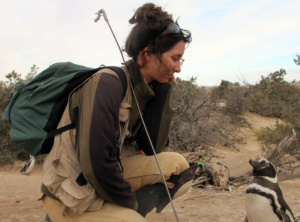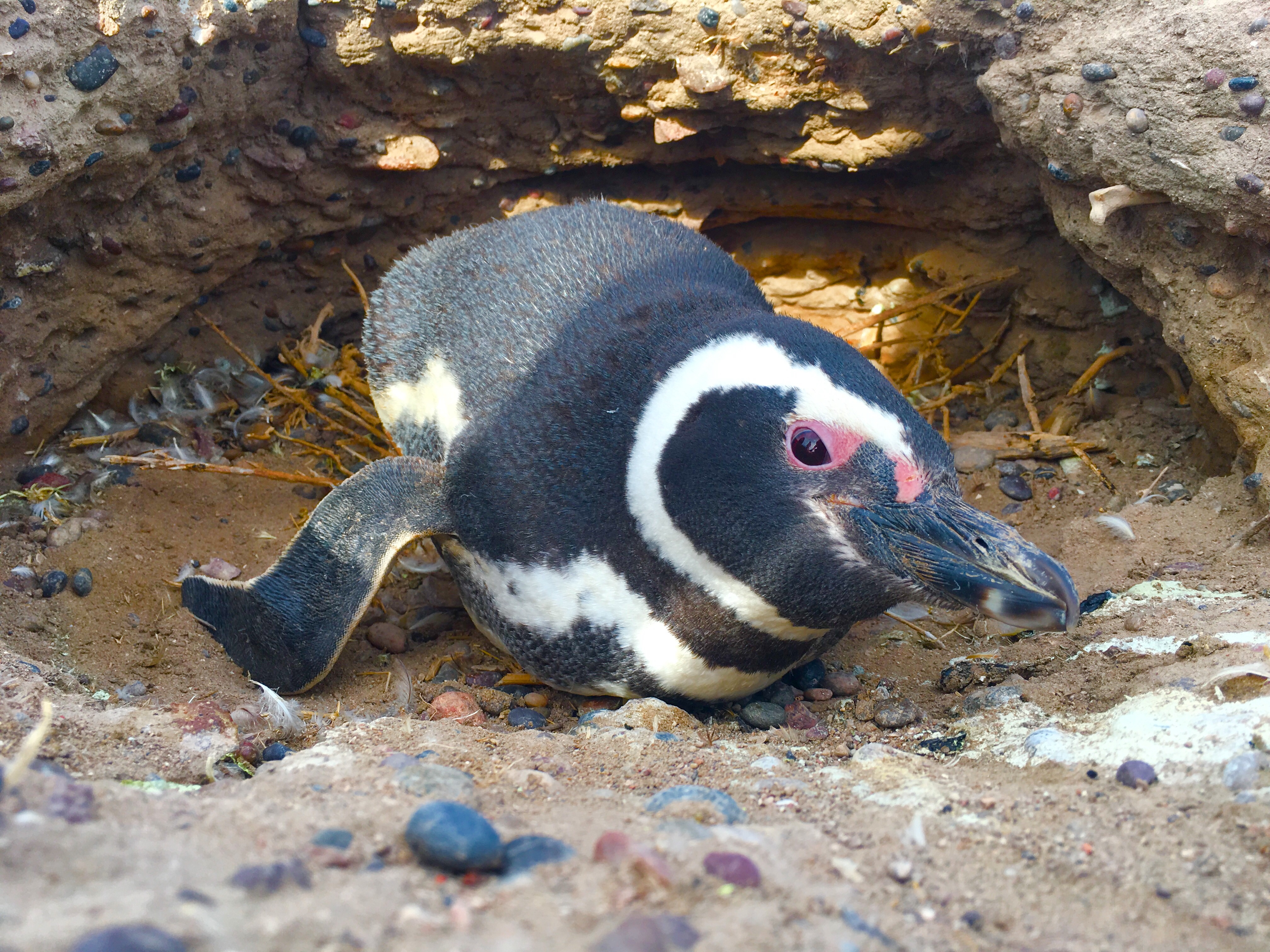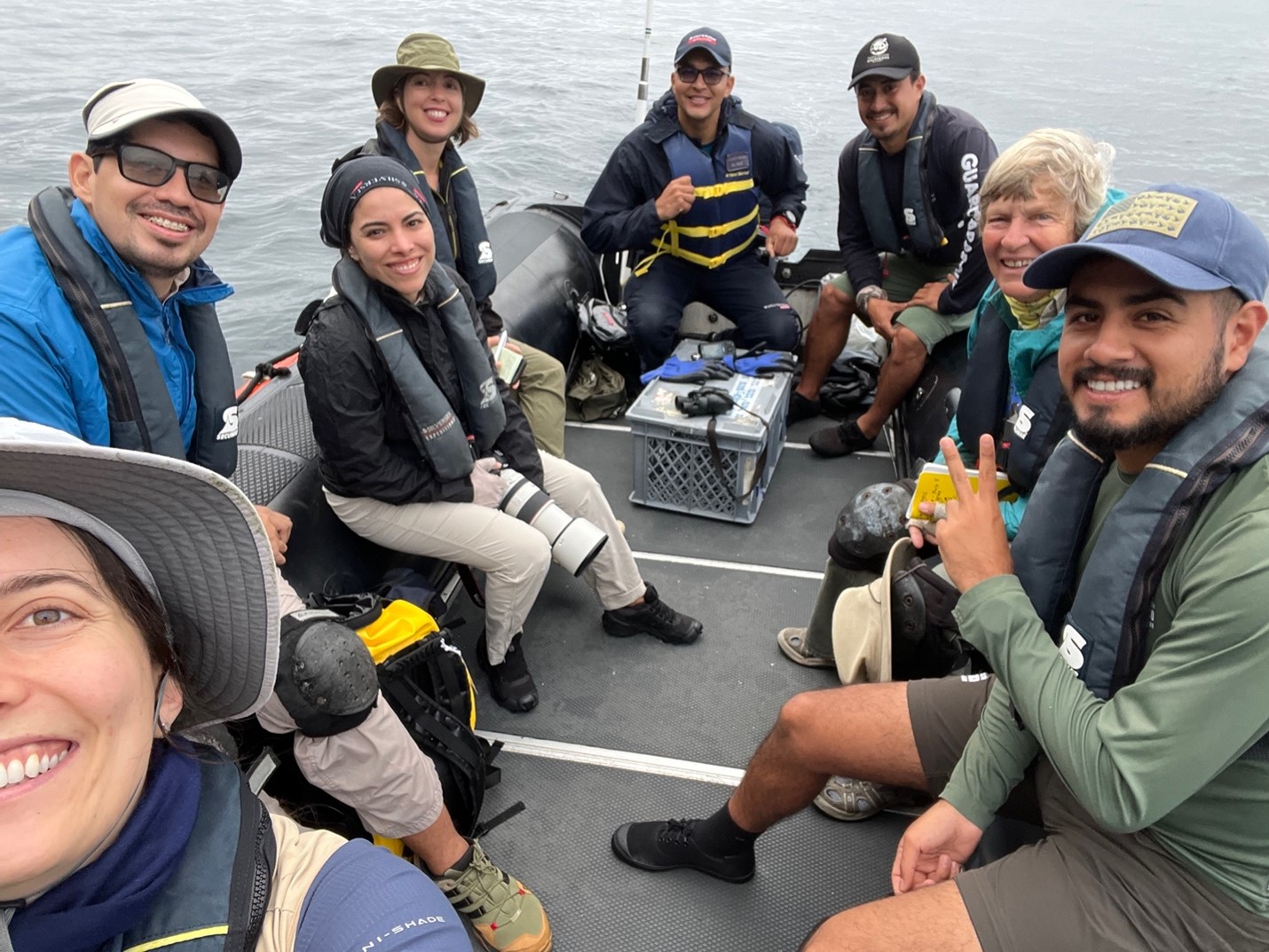Dr. Caroline Cappello
Researcher

ORCID: 0000-0002-2687-4019
I graduated from Brandeis University with a bachelor’s degree in environmental studies and theater arts (though haven’t yet found a way to combine the two!). My focus on wildlife ecology and conservation as an undergraduate provided the opportunity to study large mammal ecology in Tanzania and Kenya. After graduating and before joining the Boersma Lab, I wandered the country as a seasonal field biologist, working with a variety of birds and mammals. Some highlights from those nomadic years include recording elk behavior in Oregon, mist-netting yellow-billed cuckoos in the Sonoran Desert, tracking American martens through snowy Wisconsin forests, and managing breeding piping plover and least tern populations along the coast of southern Maine.
Scientific Interests
I am interested in the ability of species to persist in a changing environment. Specifically, I am interested in the factors that drive the timing of key life events like reproduction and migration, the capacity of individuals to shift their phenology in response to environmental change, and the implications of phenological shifts for populations. In the Boersma lab, I consider this topic in two systems:
Phenological shifts in seabird reproduction – Punta Tombo, Argentina–
Breeding at Punta Tombo, the world’s once-largest Magellanic penguin colony, is later and less synchronous than in the early 1980s. By combining the Boersma Lab’s 35-year ecological dataset with remotely sensed oceanographic data, I am exploring the implications of these phenological shifts on reproductive success, chick growth, and recruitment.
Breeding biology and conservation of an endangered seabird – Galápagos Islands, Ecuador–
The Galápagos penguin is a rare seabird that, unlike many penguin species, does not nest colonially. Locating these birds and understanding their natural history and population dynamics is a challenge. Along with Dee Boersma and Godfrey Merlen, I aim to understand the drivers of reproduction (e.g. nest-site availability, oceanographic conditions) and survival for the Galápagos penguin and to provide information to Galápagos National Park that will aid them in the management of this small, endangered population.
Recent Publications
Other Publications
Cappello, C. D. and P. D. Boersma. 2018. Sexing Galápagos penguins (Spheniscus mendiculus) by morphological measurements. Endangered Species Research 35: 169-173
Boersma, P. D., C. D. Cappello, and G. Merlen. 2017. First observations of post-fledging care in Galápagos penguins (Spheniscus mendiculus). Wilson Journal of Ornithology 129(1): 186-191
McNeil, S. E., D. Tracy, and C. D. Cappello. 2015. Loop migration and Chaco wintering by a Western Yellow-billed Cuckoo. Western Birds 46(3): 244-255
Latest News
-
Dr. Dee Boersma featured in latest National Geographic!
Make sure to pick up the latest copy of National Geographic and read about Dr. Dee Boersma‘s work on Galápagos penguins! Reporter Rene Ebersole traveled with Dee and recent grad Caroline Cappello last summer as they checked up on the human-built Galápagos penguin nests they built in 2010. Included in the article is a sweet…
-
Field Updates: Galápagos Islands, summer 2024
In July 2024, Dr. Dee Boersma and Dr. Caroline Cappello traveled to the Galápagos Islands for a penguin expedition unlike any they’d experienced before. Since 2010, CES has collaborated with Galápagos National Park and conservationist Godfrey Merlen to visit penguin breeding areas and conduct research. After Godfrey’s passing in 2023, CES—with heavy hearts but optimism…



